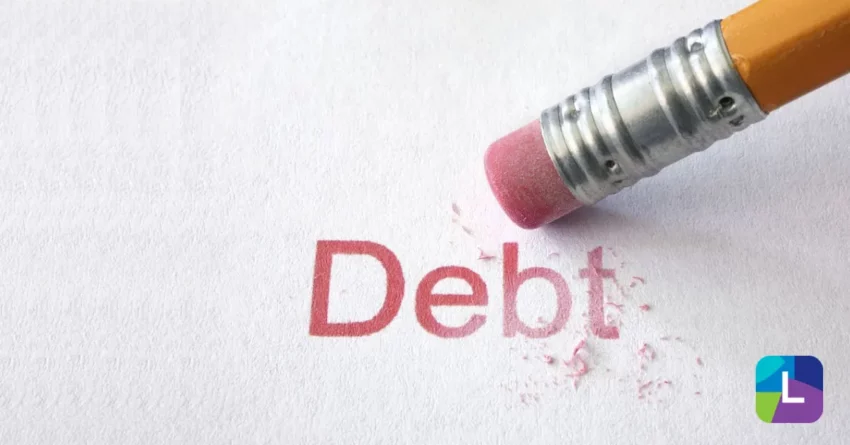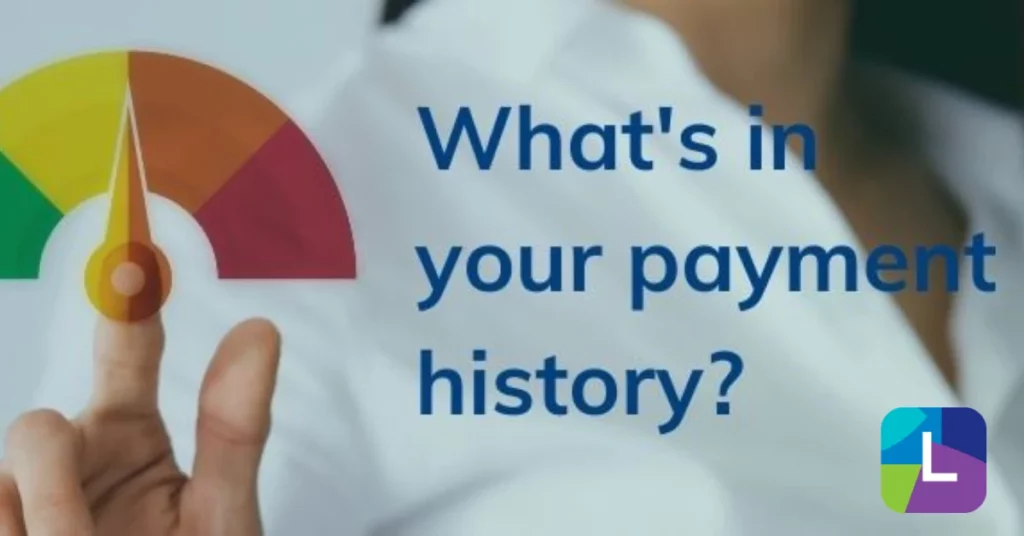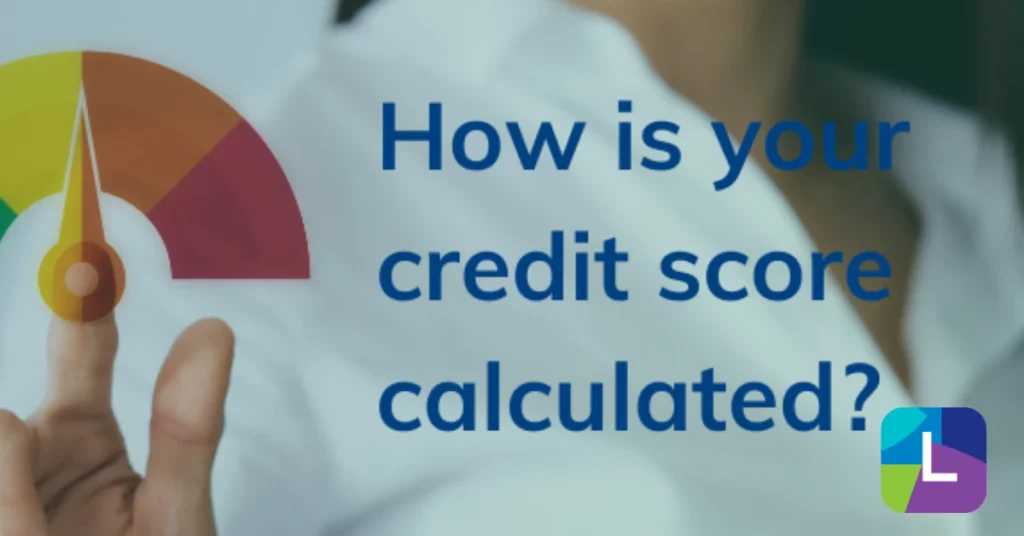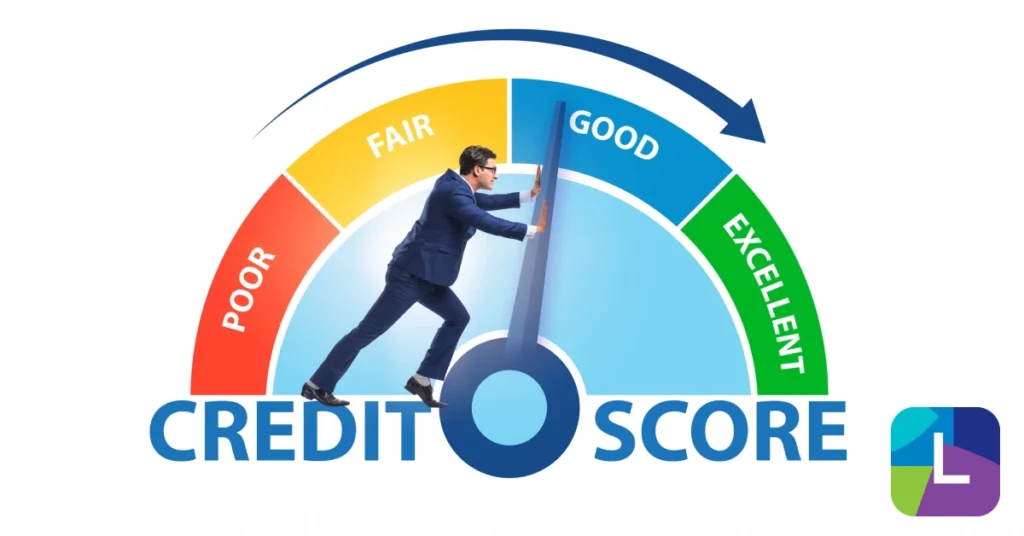Helpful Tips To Erase Debt
Graduating with your master’s is an exciting milestone. While you are embarking on your new journey, many leave with a considerable amount of debt. This guide aims to help you tackle debts.
Having debt is both good and bad for your credit score. Having too much debt will be negatively reviewed on your account (student loans do not affect your credit score), but showing constant repayments will show responsibility.
This blog is not intended to be debt advice. This was created to increase debt awareness and to help share methods of dealing with debt. If you are struggling to deal with debt, please seek independent financial advice before taking any action that could have a serious impact on your finances, financial security, or your credit score.
Student Loans
If you have taken a loan from the Student Loans Company (or the alternatives), your student loan is repaid automatically through the tax system once you earn the minimum threshold, which changes every year.
Your repayments will stop if you don’t meet the threshold, even if you lose your job. These loans will have a compound interest, which means they are not fixed and will always be increasing on a monthly basis. However, these are forgiven after 30 years.
The deduction should stop once you’ve fully repaid the loan – but if you believe you overpaid, contact the Student Loans Company for a refund.
As the loan repayment is in line with your income, you shouldn’t prioritise your student loan above all your other loans, which will typically have a much higher interest rate.
Other Private Loans
If you have other debt loans such as credit cards, overdrafts, or private student loans or are on credit, it’s important to deal with the problem before it gets out of hand. The longer you ignore or pay your debt, the worse the situation becomes.
Step 1
The basic step is to create two digital lists of all the debts and loans you currently owe (do not include loans from the Student Loan Company at this moment in time).
The first list should include ‘priority debts’. These are debts where serious action could be taken against you. Priority debts include:
- Mortgage repayments
- Rent
- Utility bills
- Taxes
- Court fines
- Secured loans
- Child support
- Car repayments (if they are required for work)
The second list should include all non-priority debts and you can order them in any way you wish, but you should include how much you took, the interest rate, the minimum repayments, and how much you have paid so far. Non-priority debts are;
- Credit card loans
- Bank loans
- Overdrafts
- friend/family loans
- Unpaid parking tickets
- Unsecured loans
Step 2
Before starting to clear your debt efficiently, you’ll need to create a monthly budget. This should be your post-tax income and your monthly expenditures. These include rent, utility bills, food, and transport.
Next, you should input your minimum monthly repayments for all your debt. You should now have a rough estimate of how much ‘extra disposable’ money has left over. This free money should now be used to clear your loans.
Step 3
If you don’t have extra disposable income, you should talk to your creditors immediately. The priority debts should be the creditors you need to speak to first, and then the non-priority ones.
You should also seek advice from a free-debt charity, which is listed below.
There are a number of methods to tackle debt, but we will be looking at the two most common methods; the high-rate method and the snowball method.
Snowball method
First, make a list of all your loans from the lowest amount to the highest. If there are loans with similar amounts, you should aim to prioritise the loan with the highest interest rate.
Let’s use the table below as an example. The four loans have their amount and interest rate. We have also created a minimum monthly repayment and let’s also say you now have £450 of extra additional money this month.
| Loan Debt | Amount (£) | Interest Rate (%) | Minimum Monthly Repayment | Additional Disposable Income |
| Credit Cards | 500 | 15 | 50 | 450 |
| Overdrafts | 2000 | 10 | 80 | |
| Finance Loans | 3500 | 5 | 120 | |
| Car Loans | 4000 | 30 | 300 |
You will want to pay off the smallest loan first and move on to the next smallest loan. By placing your free money into the credit card loan, you will have effectively repaid your loans instantly. You will then add the £450 of your extra money and the £50 minimum repayment and now add it to the next loan, see below as an example.
| Loan Debt | Amount (£) | Interest Rate (%) | Minimum Monthly Repayment | Additional Disposable Income |
| Overdrafts | 2000 | 10 | 80 | 500 |
| Finance Loans | 3500 | 5 | 120 | |
| Car Loans | 4000 | 30 | 300 |
You will now be paying £580 into your overdrafts rather than the minimum £80. Continue this method until you have fully repaid all your debts. You should also avoid re-using loans of any sort until you have fully repaid everything. This is called a snowball effect.
High rate method
Create your list similar to the snowball effect method but instead of prioritising the smallest debt, prioritise the debt with the largest interest rate. With this method, you’ll continue to pay the minimum amount across the board but focus any additional money on the highest interest rate debt.
In this case, we’ll use the example of having an extra £450 of disposable income.
| Loan Debt | Amount (£) | Interest Rate (%) | Minimum Monthly Repayment | Additional Disposable Income |
| Car Loans | 4000 | 30 | 300 | 450 |
| Credit Cards | 500 | 15 | 50 | |
| Overdrafts | 2000 | 10 | 80 | |
| Finance Loans | 3500 | 5 | 120 |
Once the first debt has been paid off, concentrate your additional money and the minimum monthly repayment from the newly paid-off loan into the second debt. See below for an example.
| Loan Debt | Amount (£) | Interest Rate (%) | Minimum Monthly Repayment | Additional Disposable Income |
| Credit Cards | 500 | 15 | 50 | 450 |
| Overdrafts | 2000 | 10 | 80 | 300 |
| Finance Loans | 3500 | 5 | 120 |
In the example table, we now have more available money than the loan amount. You can now split it to cover two loans to help speed the process. Continue this until your debts have been cleared off.
Get Free Debt Advice
If you’re struggling with debt, it can be hard to know where to turn. But there are many free advice services across the UK where you can find help in a way that’s best for you.
A Debt adviser will;
- Never judge or make yourself feel bad about your situation
- Always available to talk, no matter the circumstances
- Find ways to help manage your debt
- Suggest ways to deal with debt
StepChange
StepChange has a team of debt experts with 30 years of experience helping hundreds of thousands of people each year. They offer free, flexible debt advice that is based on a comprehensive assessment of your situation and provides practical help and support for however long it’s needed.
Money Adviser Network
The Money Adviser Network offers free debt advice backed by MoneyHelper. Provide your contact details in confidence and we’ll connect you with a qualified and regulated money advice provider so you can get back on track.
National Debtline
National Debtline offers free debt advice online through its digital advice tool and its web guides, fact sheets and sample letters.
PayPlan
PayPlan’s supportive, non-judgemental team of advisers help thousands of people beat their debts every year and treat all of their calls with the strictest confidence.
Citizens Advice
Citizens Advice gives people the knowledge and confidence they need to find their way forward – whoever they are, and whatever their problem. Their national charity and network of local charities offer confidential advice online, over the phone, and in person, for free.
Private Student Loans
The terms that you were quoted by a bank or other private student lender, took into consideration the younger version of yourself with lower credit history, little or no income, or what lenders call a “thin file”. Now as a young professional, you have made significant strides in earning an income and proving creditworthy with utility bills, rent, overdrafts and credit cards. The rate you were quoted at the time of starting your course is no longer representative of your creditworthiness and you deserve to pay less for credit.
If you have a private student loan with a provider which you are paying through a different currency or have very high-interest rates, you may be better off refinancing your private student loan with Lendwise.
Lendwise may be able to offer a better interest rate or a lower monthly repayment with no early repayment penalty which can help you stay in the green. For more information, visit *Lendwise.
Representative Example: Assumed borrowing of £30,825 over 120 months at 12.73% APR representative. Monthly cost of £509.26. Total amount repayable of £61,199.65. Interest rate of 11.62% p.a.(fixed) and total fees of £925.00. Available for loan amounts between £5,000 – £100,000.
(Representative Example date: October 2024)
*approval is not guaranteed. Over 18’s only. T&Cs apply.
5 Mistakes That Can Ruin A Students’ Credit Score
What Exactly Is A Credit Score?
How Do Credit Reference Agencies Decide Your Credit Score?





